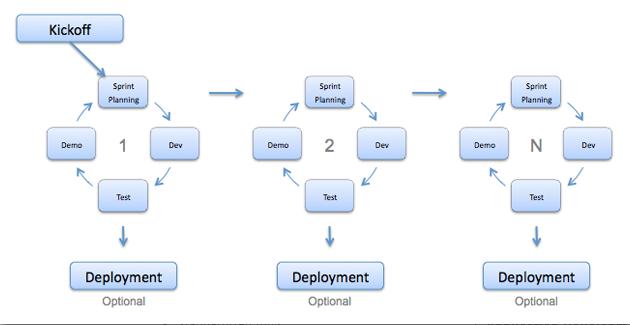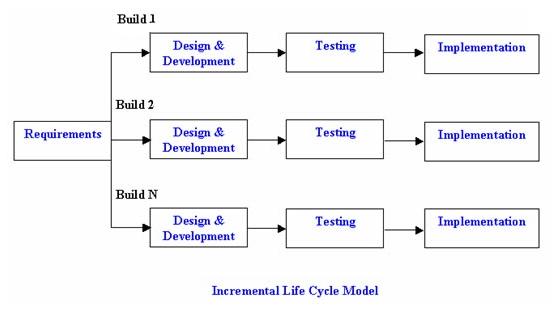What is the Psychology of testing?
- The comparison of the mindset of the tester and the developer.
- The balance between self-testing and independent testing.
- There should be clear and courteous communication and feedback on defects between tester and developer.
Comparison of the mindset of the tester and developer:
The testing and reviewing of the applications are different from the analyzing and developing of it. By this we mean to say that if we are building or developing applications we are working positively to solve the problems during the development process and to make the product according to the user specification. However while testing or reviewing a product we are looking for the defects or failures in the product. Thus building the software requires a different mindset from testing the software.
The testing and reviewing of the applications are different from the analyzing and developing of it. By this we mean to say that if we are building or developing applications we are working positively to solve the problems during the development process and to make the product according to the user specification. However while testing or reviewing a product we are looking for the defects or failures in the product. Thus building the software requires a different mindset from testing the software.
The balance between self-testing and independent testing:
The comparison made on the mindset of the tester and the developer in the above article is just to compare the two different perspectives. It does not mean that the tester cannot be the programmer, or that the programmer cannot be the tester, although they often are separate roles. In fact programmers are the testers. They always test their component which they built. While testing their own code they find many problems so the programmers, architect and the developers always test their own code before giving it to anyone. However we all know that it is difficult to find our own mistakes. So, programmers, architect, business analyst depend on others to help test their work. This other person might be some other developer from the same team or the Testing specialists or professional testers. Giving applications to the testing specialists or professional testers allows an independent test of the system.
The comparison made on the mindset of the tester and the developer in the above article is just to compare the two different perspectives. It does not mean that the tester cannot be the programmer, or that the programmer cannot be the tester, although they often are separate roles. In fact programmers are the testers. They always test their component which they built. While testing their own code they find many problems so the programmers, architect and the developers always test their own code before giving it to anyone. However we all know that it is difficult to find our own mistakes. So, programmers, architect, business analyst depend on others to help test their work. This other person might be some other developer from the same team or the Testing specialists or professional testers. Giving applications to the testing specialists or professional testers allows an independent test of the system.
This degree of independence avoids author bias and is often more effective at finding defects and failures.
There is several level
of independence in software testing which is listed here from the lowest
level of independence to the highest:
i. Tests by the person who wrote the item.
ii. Tests by another person within the same team, like another programmer.
iii. Tests by the person from some different group such as an independent test team.
iv. Tests by a person from a different organization or company, such as outsourced testing or certification by an external body.
i. Tests by the person who wrote the item.
ii. Tests by another person within the same team, like another programmer.
iii. Tests by the person from some different group such as an independent test team.
iv. Tests by a person from a different organization or company, such as outsourced testing or certification by an external body.
Clear and courteous communication and feedback on defects between tester and developer:
We all make mistakes and we sometimes get annoyed and upset or depressed when someone points them out. So, when as testers we run a test which is a good test from our viewpoint because we found the defects and failures in the software. But at the same time we need to be very careful as how we react or report the defects and failures to the programmers. We are pleased because we found a good bug but how will the requirement analyst, the designer, developer, project manager and customer react.
We all make mistakes and we sometimes get annoyed and upset or depressed when someone points them out. So, when as testers we run a test which is a good test from our viewpoint because we found the defects and failures in the software. But at the same time we need to be very careful as how we react or report the defects and failures to the programmers. We are pleased because we found a good bug but how will the requirement analyst, the designer, developer, project manager and customer react.
- The people who build the application may react defensively and take this reported defect as personal criticism.
- The project manager may be annoyed with everyone for holding up the project.
- The customer may lose confidence in the product because he can see defects.
Because testing can be seen as
destructive activity we need to take care while reporting our defects
and failures as objectively and politely as possible.
The balance between self-testing and independent testing
Also see: Roles and responsibilities of the moderator, author, scribe, reviewers and managers involved during a review




